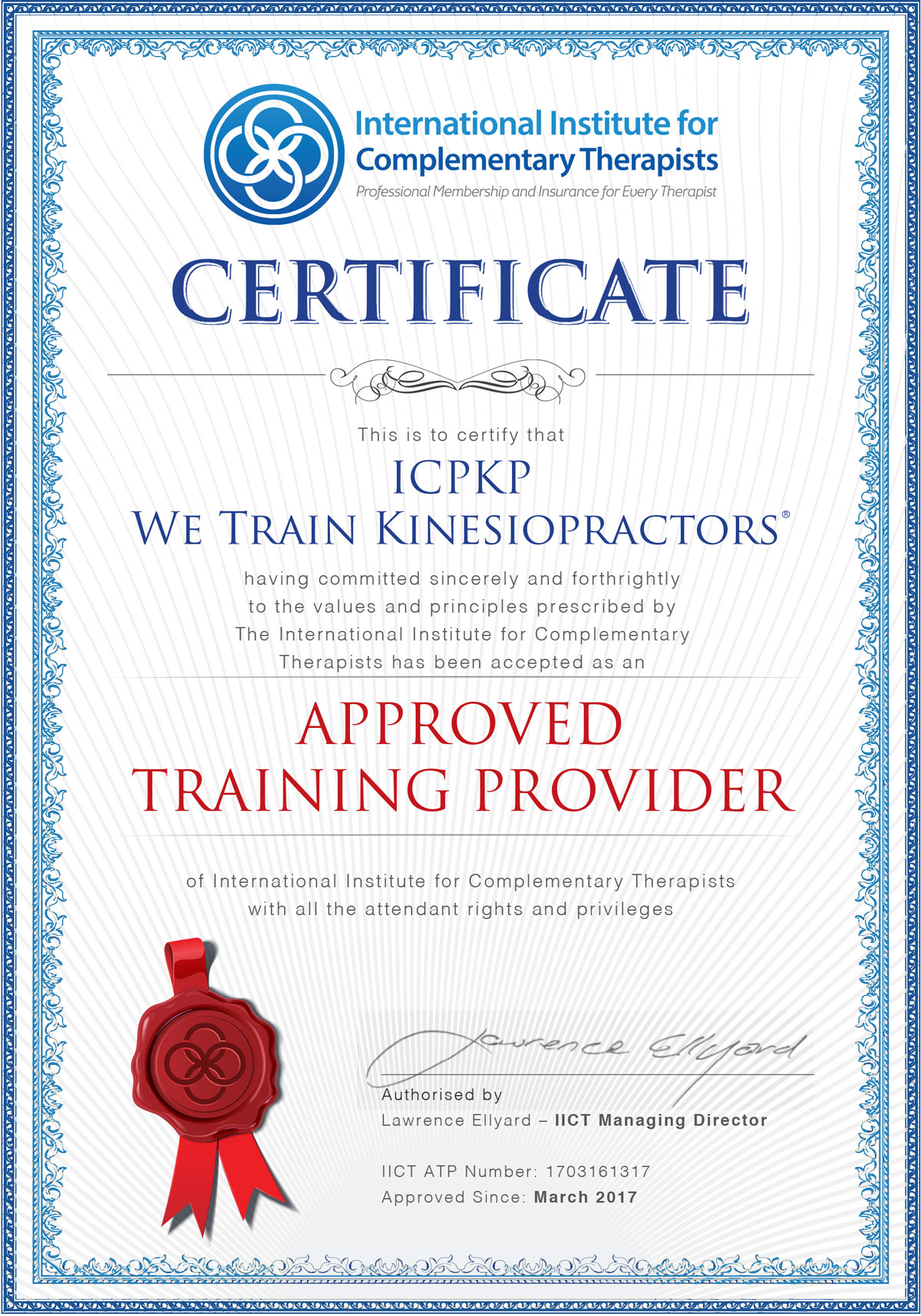PIB201-en
Behavioral Genetics I – Personology & Physiognomy
As you further examine personology and physiognomy and develop the skills to understand ourselves and others better you will become adept at analysing the innate style of the client, understanding what is likely to stress them, the body language they will exhibit under stress and how to communicate most effectively with them.
You will discover traits behind mouth shape, skin texture, leg length, chin and ear placement in both personality and possible health implications. This knowledge will enable better client practitioner interaction as you will be able to adjust the consultation style to suit the needs of the client and help to defuse energy imbalance related to stress associated with client instinctual behaviour patterns.
By understanding how a client is likely to function from the unique characteristics in their structure, you will more easily shape the session and the manner in which you communicate with them to help the client process energy shifts in a way that works best for their unique personality traits. This knowledge will also enable you to offer the client an awareness of their unique characteristics and a range of options they might choose when they need to take care of themselves.
Having completed this unit you will be have greater facility in releasing negative energy related to comparative cell proportions and resultant instinctive behaviour using both Personology and Physiognomy.
Elements of learning:
- Personology: definition and history
- Forehead: sloping/vertical
- Face shape: longer, narrower/broader, squarer
- Jaw width: narrower/wider
- Eyes – stress: glazed, one eye up, both eyes rolled up
- Eye position: closer/wider set
- Eyebrow position: lower, straighter/higher, rounder
- Nose – bridge: scooped/convex
- Physiognomy: history and principles (Asian -Chinese, Japanese)
- Face shapes – 5-El: personality, potential and health indications
- Forehead styles (6): personality, potential and health indications
- Jaw shapes (6): personality, potential and health indications
- Eye styles (16): personality, potential and health indications
- Eyebrow shapes (19): personality, potential and health indications
- Nose traits (17): personality, potential and health indications
- Introduction to NLP: (Neurolinguistic programming) eye positions
- The language of: Visuals, Auditories and Kinesthetics
- Utilise all techniques learned to date within the PKP Balancing Protocol
Prerequisites:
- EMS 2.201


